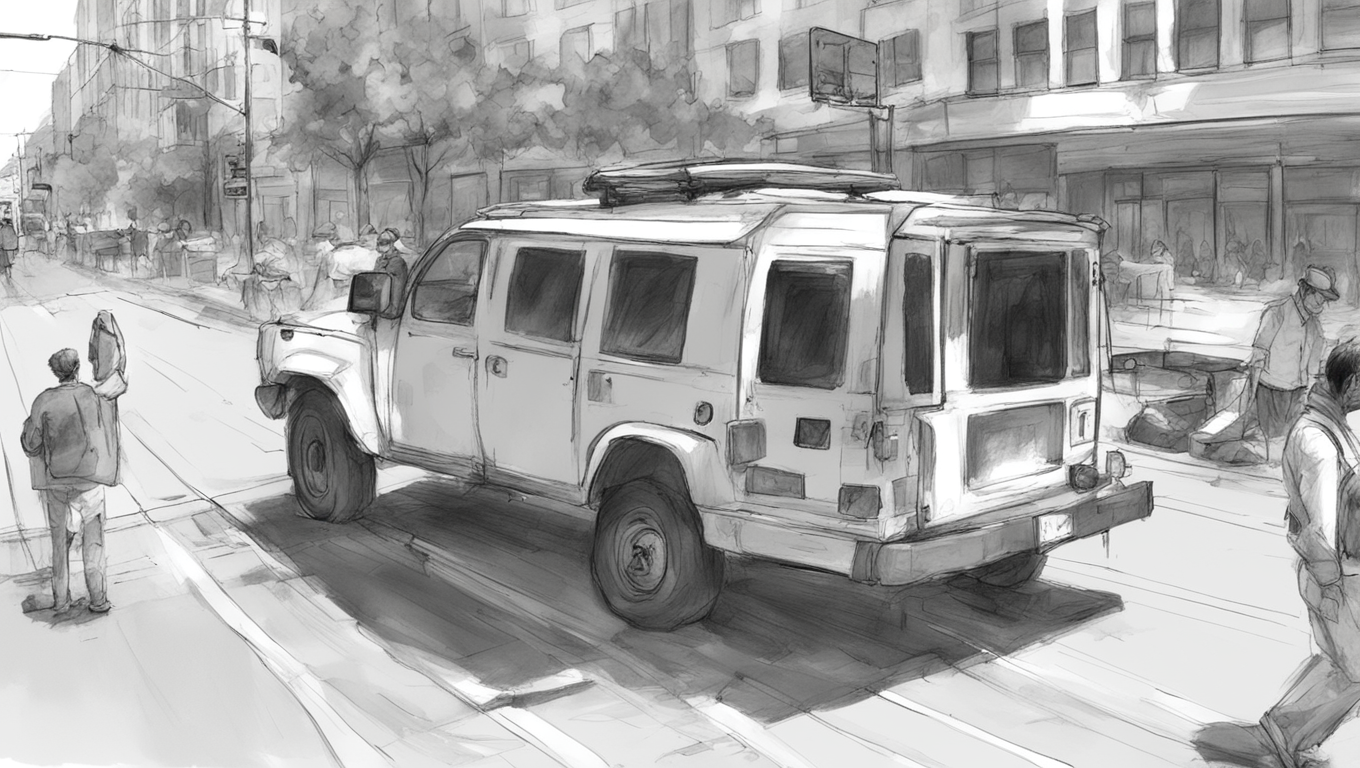San Jose, the heart of Silicon Valley, is pioneering a groundbreaking experiment in the use of artificial intelligence (AI) to detect homeless encampments. For the past several months, the city has employed cameras mounted on a municipal vehicle to collect footage of the streets and public spaces. This footage is then analyzed using computer vision software to train AI algorithms to recognize tents and cars where people are living. The pilot project, the first of its kind in the United States, aims to address the issue of homelessness by efficiently identifying encampments and providing appropriate responses.
City officials and national housing advocates have hailed this initiative as a significant step forward in tackling homelessness. The technology has the potential to detect not only encampments but also potholes and cars parked in prohibited areas. While similar capabilities are already in use in other cities, San Jose’s exploration of automated surveillance for homelessness is unmatched.
The project has involved several technology companies, including Ash Sensors, Sensen.AI, Xloop Digital, Blue Dome Technologies, and CityRover. These companies have been training their algorithms to detect various signs of habitation in vehicles parked on the streets. For example, the algorithms consider factors like covered windows, towels for privacy, and signs of waste accumulation.
While the accuracy of detecting lived-in recreational vehicles (RVs) has reached around 70-75%, the accuracy for cars is currently lower, ranging from 10% to 15%. The city aims to achieve at least 70% accuracy across different objects detected by car-mounted cameras.
Privacy concerns have been a major consideration throughout the project. City documents state that the AI systems will be assessed based on their ability to preserve the privacy of individuals captured on camera. The images are not stored or used for law enforcement purposes, but access to previously stored footage can be provided to the police if required. The city’s goal is to identify encampments, not individuals, in order to avoid any privacy violations.
While the project’s intentions are well-meaning, some stakeholders, such as Thomas Knight, executive member of the Lived Experience Advisory Board of Silicon Valley, have expressed concerns. Knight worries that the system could potentially be used to remove tents and lived-in vehicles from areas deemed undesirable by the city. He fears that the data generated by the AI system would primarily be handed over to the police rather than organizations directly involved in providing assistance to the unhoused.
San Jose, as a prominent technological hub, is not only focused on solving its own homelessness crisis but also helping other cities adopt similar detection systems responsibly. The city’s IT department is leading a national coalition of more than 150 municipal agencies working on developing policies for the responsible deployment of AI technologies in the public sector. The participating companies in the pilot project have also shown interest in the potential scalability of the technology.
However, it is essential to note that technology alone cannot solve the housing crisis in San Jose. The root cause of the issue must be addressed, including the lack of affordable housing and temporary shelter beds. Without suitable accommodations, the identification of encampments may only exacerbate the problem.
San Jose’s pilot project demonstrates the potential of AI technologies to address social issues such as homelessness. While its success and the ethical implications of such applications are yet to be fully realized, this initiative marks an important step forward in leveraging technology to tackle real-world challenges.





Use the share button below if you liked it.